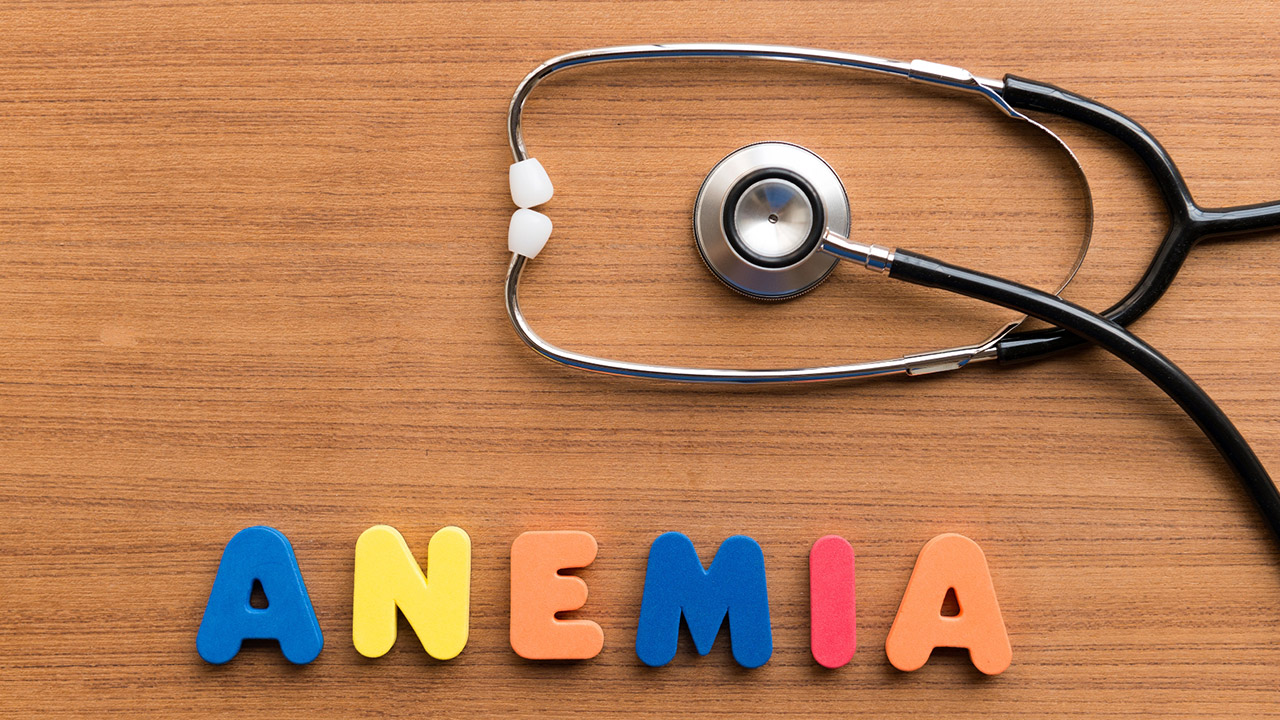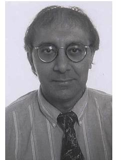In the last decade, there have been some advances in treatment for a variety of neurological disorders, like Parkinson’s disease, with deep brain stimulation. Essentially the technique involves inserting very thin electrodes into appropriate parts of the brain and stimulating nerves to mimic the real physiological situation.
Now researchers want to apply similar techniques (but without electrodes) to treat depression and a variety of other mental health disorders. Transcranial magnetic stimulation involves the use of an electromagnetic coils around the brain. The electromagnetic field generats results in a number of ways - one of which is an anti-depressant effect.
Transcranial magnetic stimulation is not clinically available at the moment and is still in the experimental stages. The treatment has not even been approved by the FDA. Currently some large centers are conducting clinical trials.
At the moment, clinical trials are including patients who have severe drug resistant depression. Individuals who have metal clips, pacemakers or other metal implants in the brain are excluded from the trials. Also excluded are pregnant females because effects of the magnetic field on the fetus have not been thoroughly studied. Additionally, individuals who are at high-risk for seizures are excluded.
Unlike electroconvulsive therapy, transcranial magnetic stimulation does not require use of anesthesia or any type of shock therapy. From the limited clinical trials, the observed side effects have been minimal. The majority of individuals only complain of a slight tingling feeling at the site, or a mild headache.
So far, the only disadvantage of therapy is that one lies on a bed and the head is placed inside a tunneled device (like a CT Scan). The machine is loud, but the patient is given a pair of ear muffs. Individuals who do not like enclosed spaces may not be keen to undergo this type of therapy.
One simply lies on the flat bed for a few hours until the treatment is completed. At the end of the treatment, one can go home. The protocol involves five treatment sessions per week for 4-6 weeks. While this may sound like a large time commitment, it is better than taking drugs for the rest of one's life. In addition, the drugs for depression also have many side effects, and often the drugs do not work.
At the moment, enrollment is free in clinical trials. To participate in a trial, you need to speak to your health care provider and get a referral. The trials do have inclusion and exclusion criteria, but it is definitely worth a try. It is not often that one gets a chance to receive free treatment, which has minimal side effects. However, like all treatments for depression, transcranial magnetic stimulation is not a cure for depression.





Add a Comment1 Comments
In Deep Brain Stimulation, the electrical impulses are controlled from the outside and patterned to each individual patient. The device regulates brain activity (altering the firing of the brain's neurotransmitters) 24 hours a day.
March 15, 2011 - 12:24amDeep brain stimulation for depression
This Comment